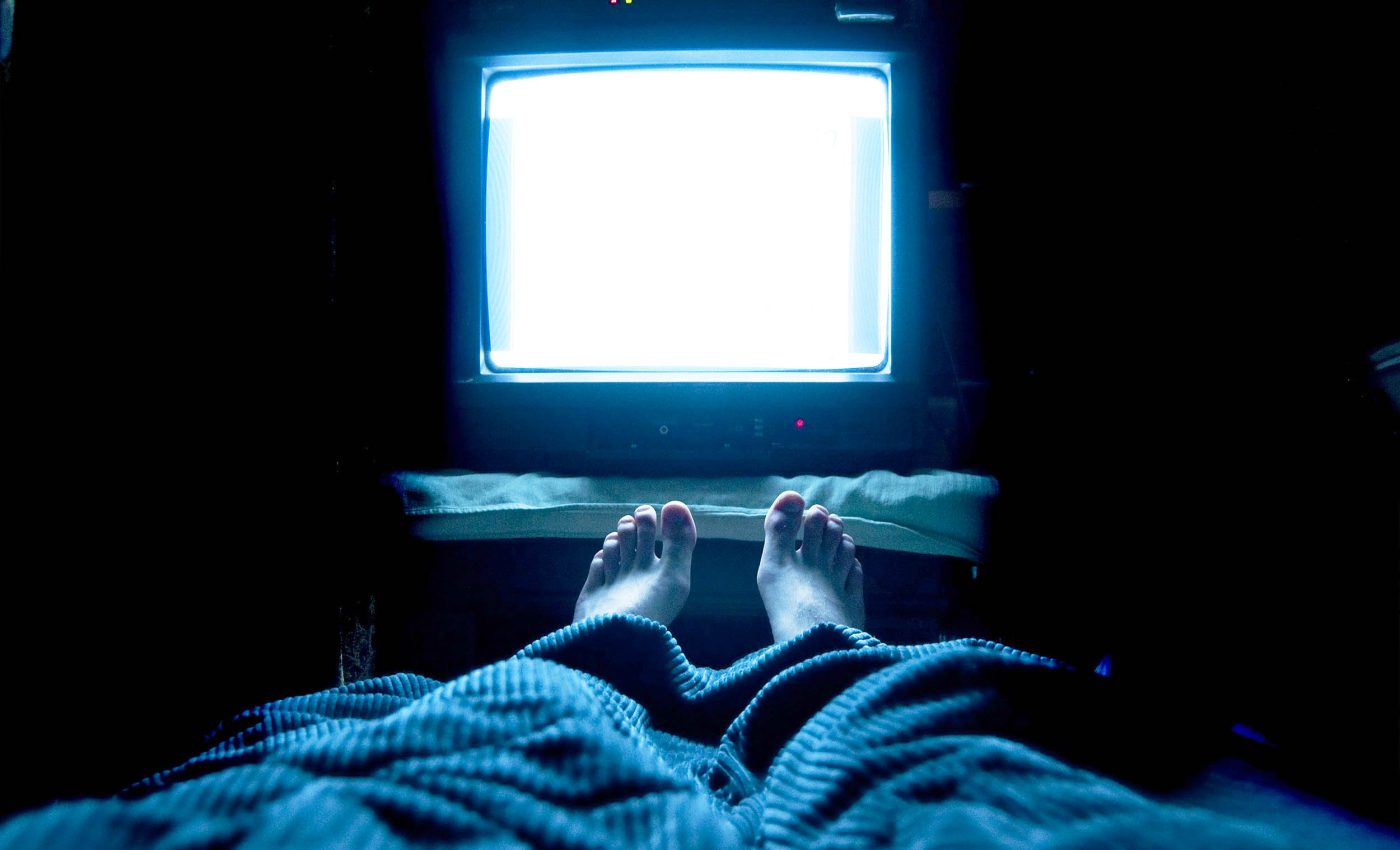
Exposure to bright lights at night linked to multiple serious health issues in a new study
Smartphones shining at 3 a.m. feel harmless, yet the glow might be training the body to expect daytime when it most needs sleep. New research following more than 88,000 adults shows that brighter lights are not just a nuisance, they are linked to a sharp rise in several forms of heart disease.
Daniel Windred of Flinders University and colleagues collected about 13 million hours of wrist-sensor data, then checked health records for almost a decade.
They found a 23 to 56 percent jump in coronary artery disease, heart attacks, heart failure, atrial fibrillation, and stroke among people whose bedrooms were routinely lit after midnight.
Night light confuses your body clock
Light steers the body’s circadian rhythms, the near-24-hour cycles that organize hormone release, blood pressure, and metabolism.
Even brief exposure to a ceiling lamp at night can delay the internal clock by hours, leaving the heart working out of phase with the rest of the body.
The hormone melatonin normally climbs after dusk and signals blood vessels to relax, which lowers nighttime pressure. Ordinary indoor brightness, roughly 100 lux, can cut melatonin in half and keep vessels tighter for the rest of the night.
Shift-work studies add weight to the concern. A UK Biobank analysis of 238,661 participants reported that habitual night workers carried a higher risk of incident and fatal cardiovascular disease, partly through disrupted sleep timing.
Bright outdoor lighting is also implicated. Residents of Ningbo, China, who lived under the strongest street illumination had a 43 percent greater chance of cerebrovascular disease compared with those in darker neighborhoods, according to a 2024 American Stroke Association report.
Bedroom lights and heart disease
Windred’s team asked volunteers to wear a light meter for one week between 2013 and 2016. The device counted every photon, whether from a bedside lamp, phone screen, or passing headlights.
People in the brightest tenth of the sample needed only about one hour of overhead lighting between midnight and 6 a.m. to qualify for that category.
Their cardiovascular trouble began appearing within the eight-year follow-up, independent of age, smoking, genetics, or sleep length.
The pattern held across five cardiovascular outcomes, suggesting a broad effect on vascular tissue rather than one specific pathway.
Resting blood pressure, blood sugar tolerance, and heart-beat timing all rely on clock genes that switch activity by day and night.
“This is the biggest study of personal light exposure patterns and cardiovascular health to date,” says Windred.
Bright lights and women’s hearts
Women usually develop heart disease later than men because estrogen protects artery walls. In this study, however, women exposed to bright nights faced risks similar to men, erasing the usual gap.
Laboratory work hints at a reason. One experiment found that women’s pineal glands suppress melatonin more readily than men’s when exposed to the same intensity of light, showing a heightened biological sensitivity.
“The importance of these observations cannot be understated,” says Martin Young, University of Alabama at Birmingham.
He notes that modern 24-hour society leaves many people under constant light cues that keep the heart in daytime mode around the clock.
Young adults in the dataset also showed stronger links between night light and heart failure or atrial fibrillation, matching earlier reports that younger shift workers accumulate risk faster than peers on regular schedules.
Impact of night light beyond the heart
Clock disruption changes how the body handles glucose, raising the odds of type 2 diabetes, itself a major cardiac risk.
Epidemiological studies connect chronic light at night with higher obesity rates and impaired insulin action, even after controlling for diet.
Animal experiments reveal that mice kept under constant light develop stiffer arteries and thicker heart walls within weeks.
Although rodents run on a faster clock, the mechanisms, oxidative stress and inflammatory signaling, mirror findings in human shift workers.
Stroke researchers add cerebral concerns. Artificial illumination that shortens sleep by an hour can elevate sympathetic nerve activity the next morning, boosting clot formation potential.
Public-health groups now include healthy sleep in standard heart-fitness checklists. The American Heart Association’s “Life’s Essential 8” places regular, dark-room sleep on the same level as exercise and diet for protecting arteries.
Making your bedroom darker
Windred advises selecting a fixed sleep interval and guarding its darkness each night. If nature calls before dawn, use a dim red or amber night-light rather than flipping the bathroom fixture.
Phone manufacturers offer night modes that lower blue wavelengths, yet intensity still matters. Experts recommend setting screens below 10 percent brightness after sunset and keeping them an arm’s length away.
Blackout curtains or opaque blinds can block streetlamps that pierce bedroom shades. For renters who cannot change window dressings, an inexpensive sleep mask cuts ambient glow to near zero.
People who work rotating nights can consolidate exposure by using bright, white light during the shift to stay alert, then wearing dark glasses on the ride home to help the brain wind down before bed.
Pushing for darker nights
Urban planners are beginning to weigh health when designing street lighting. Shielded fixtures that aim beams downward can maintain safety while reducing bedroom spill and sky glow.
Hospital policies are changing too. Some intensive-care units now switch to low-intensity, warm lights overnight, helping patients maintain a circadian signal and possibly recover faster.
Researchers call for cardiovascular guidelines to list night lights avoidance alongside salt limits and step counts. The evidence, they argue, shows that avoiding lights at night is not a luxury but daily medicine for the heart.
The study is published in medRxiv.
—–
Like what you read? Subscribe to our newsletter for engaging articles, exclusive content, and the latest updates.
Check us out on EarthSnap, a free app brought to you by Eric Ralls and Earth.com.
—–













